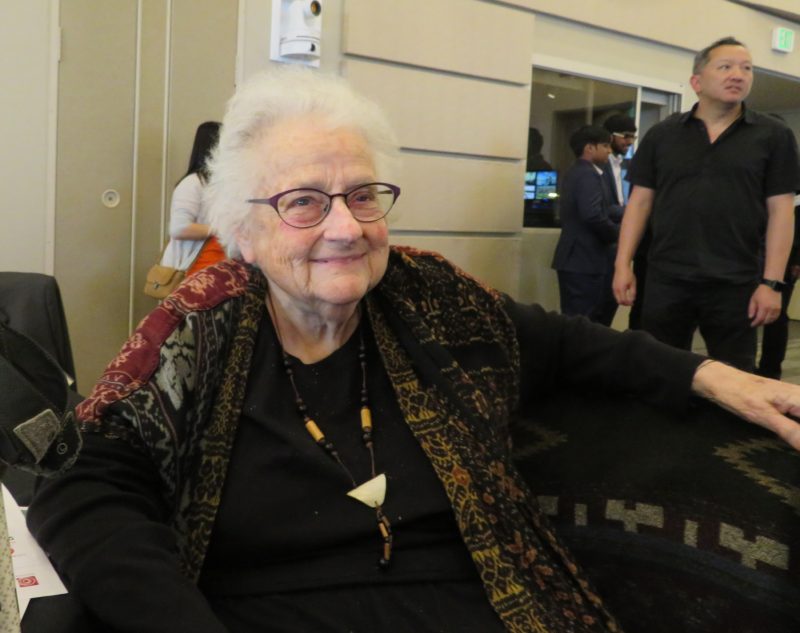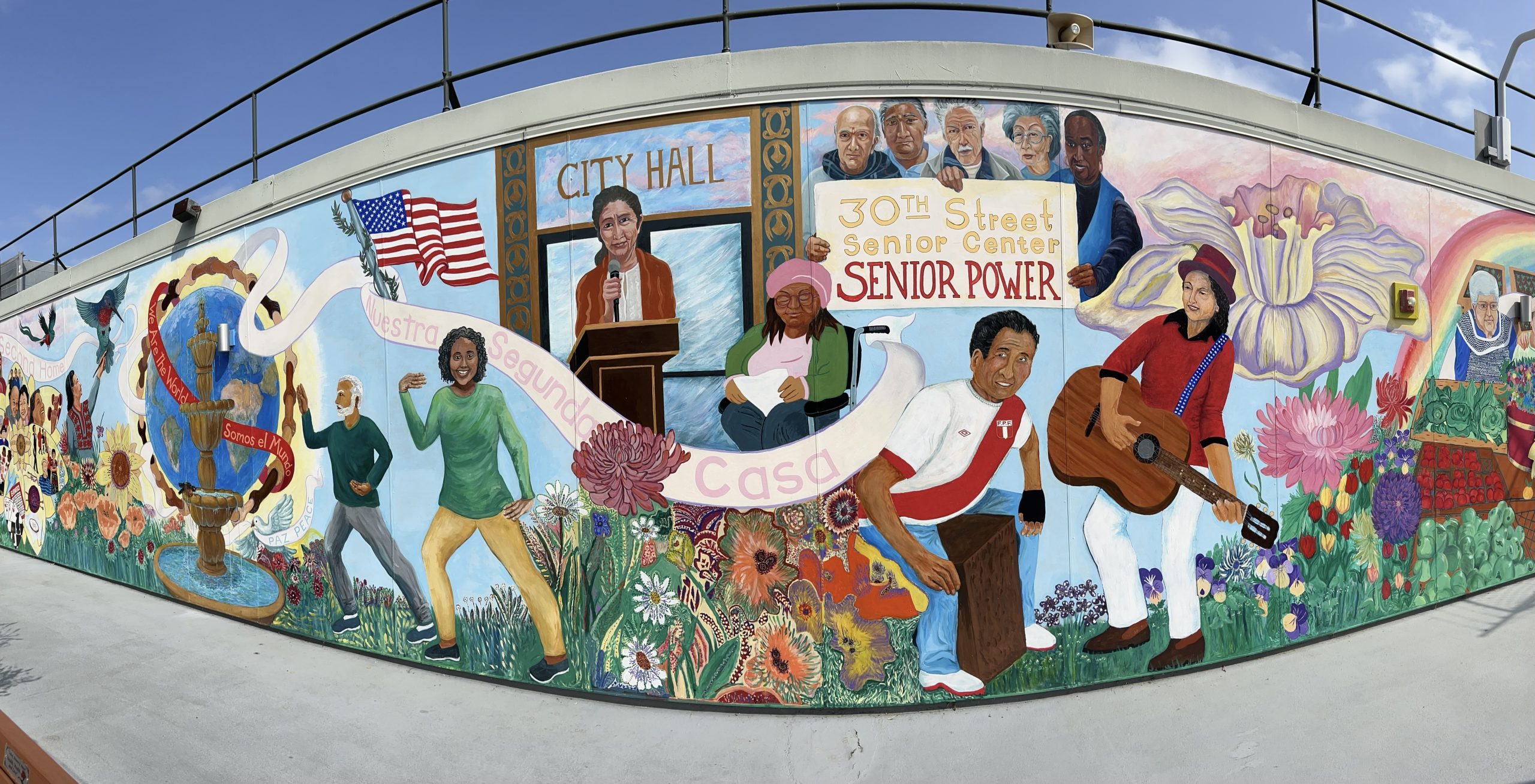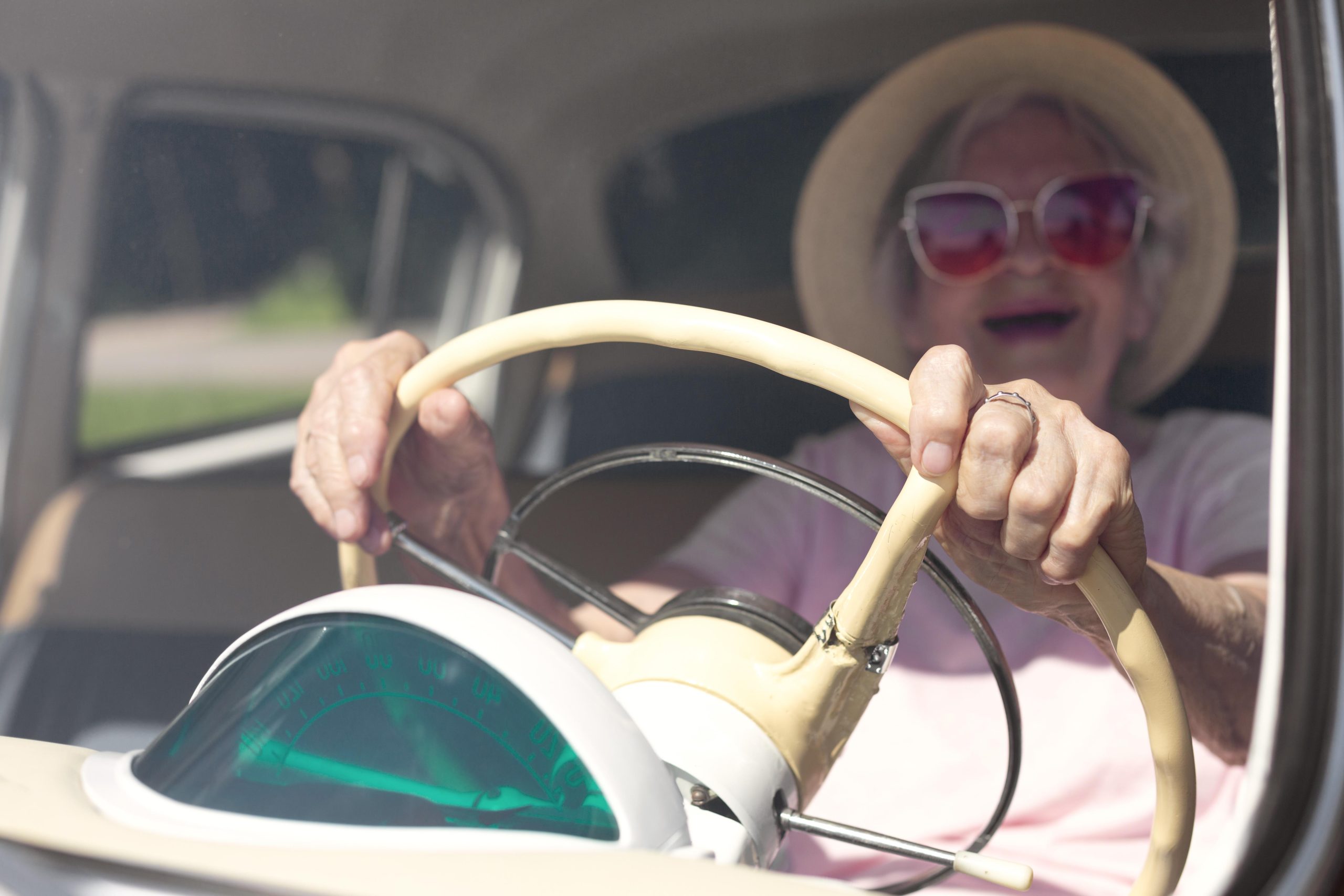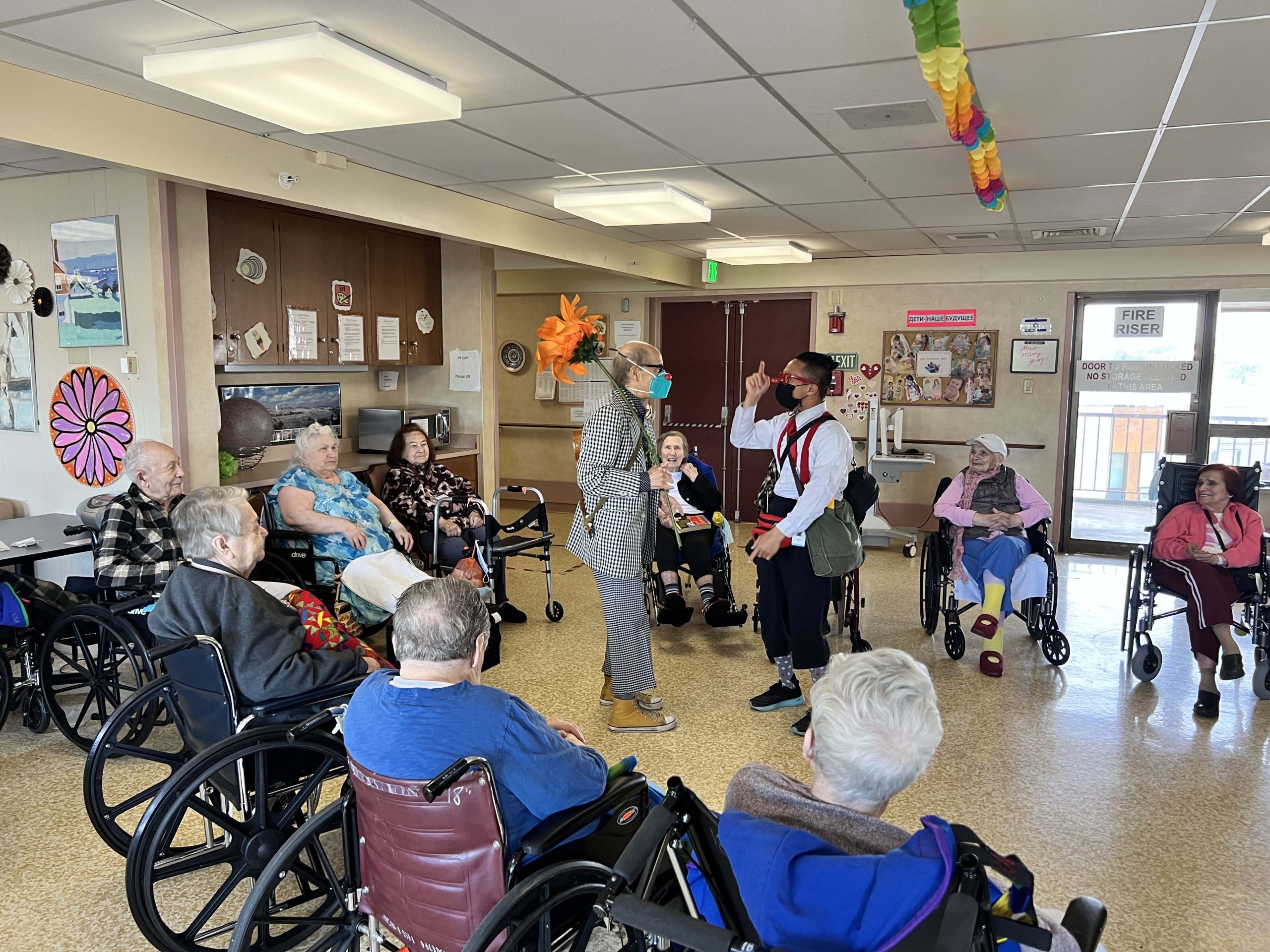When designing products for older adults, senior supervision is advised
The walking sticks Dr. June Fisher uses buffer her struggles with severe arthritis. And they might just give her an inside edge on the usefulness of products for older adults and those with disabilities.
One of those retired but busy people, she spends a lot of time mentoring design students and professionals. And she is determined to imprint her mantra, “Design with us, not for us.”
 Too many products miss the mark, she said: shopping carts without brakes for hills, kitchen products and gardening tools that defeat a person with arthritis, monitoring devices that sit in a drawer.
Too many products miss the mark, she said: shopping carts without brakes for hills, kitchen products and gardening tools that defeat a person with arthritis, monitoring devices that sit in a drawer.
“Products need to reflect the needs of people they’re designed for,” Fisher said. “While I appreciate the technical skills of design students and professionals, I don’t want a 23-year-old telling me what I need. It has to be a mutual relationship where elders set the agenda and participate in the development of those products.”
Designing winners

For the past four years, Fisher has mentored teams in the advanced product design course at San Francisco State University taught by professor Ricardo Gomes. In 2016, her team won first prize in The Stanford Center on Longevity International Design Challenge, a global competition that encourages students to develop products and services to improve well-being across the lifespan. This year, her team won third place.
It was a missed chance on cheap heirloom tomatoes that led to the creation of SFSU’s 2016 challenge winner.
“A friend called and said they were selling heirloom tomatoes at the Ferry Plaza Farmer’s Market for two dollars a pound. I got up, got dressed, and then realized that even if they were still available, I couldn’t carry them home. I don’t like to admit it, but I was overcome with despair.”
She shared her dilemma with Gomes, who assigned it as a class project. The results was “City Cart,” a combination walker and shopping basket with brakes, allowing those with mobility issues to walk, shop and return home without assistance.
Farmer’s market dilemma
“I spent a lot of time with June, going to the farmers’ market, talking with her, walking around with her,” said team Captain Brandon Lopez. “She told me she needed something more robust and stable to carry groceries than one of those pull-behind trolleys, and she needed some place to park her walker when she shopped.”
The team developed “tons and tons of prototypes and shared them all with her,” he said. “Partnering with Fisher was tremendous. Otherwise we would just be designing for ourselves.”

This year, Fisher helped another student fine-tune her project after it was named a finalist in the competition. “Grow and Gather” is a movable cart that incorporates support for walking and sitting, with storage for tools and produce.
“We – Dr. Gomes, Dr. Fisher, and I – met every Friday at Dr. Fisher’s house to discuss the project,” said student developer Seira Yasumatsu. “Dr. Fisher has a beautiful garden, which she has trouble weeding. I shared all the prototypes I made – maybe 20 or 25 little ones, and then six or seven full-sized ones. Dr. Fisher’s approach, ‘design with us, not for us’, is part of me now.”
A new career
It was a crisis in the early days of the AIDS epidemic that turned Fisher to product design. As director of occupational health at San Francisco General Hospital, she knew healthcare workers were worried about contagion through needle sticks. She wanted to do something to alleviate their fears.
She didn’t find a specific solution, but found a new career.
She began attending classes in the Product Design program at the Stanford, where she had attended medical school. Eventually, she was appointed to a lectureship there, which lasted 10 years. She has mentored design students at the University of California-Berkeley and the California College of Arts, as well as those at San Francisco State.
She is also involved with Aging2.0, an interdisciplinary and intergenerational, global community driving collaboration around challenges and opportunities around aging. She said she’s their CEO, or Chief Elder Officer, someone who ensures that products are designed in collaboration with the people who would use them.
Fisher hopes to get more seniors involved in product design.
“I don’t want to be the only old person working with these young designers. We need a multi-generational design class with a cadre of elders who have the ability to set the agenda and participate in the development of products.”






tatyana yasnovsky
it is a fascinating idea, I wonder what other projects she is helping with Also ,how this innovations get advertised for old people ,especially from different cultural backgrounds